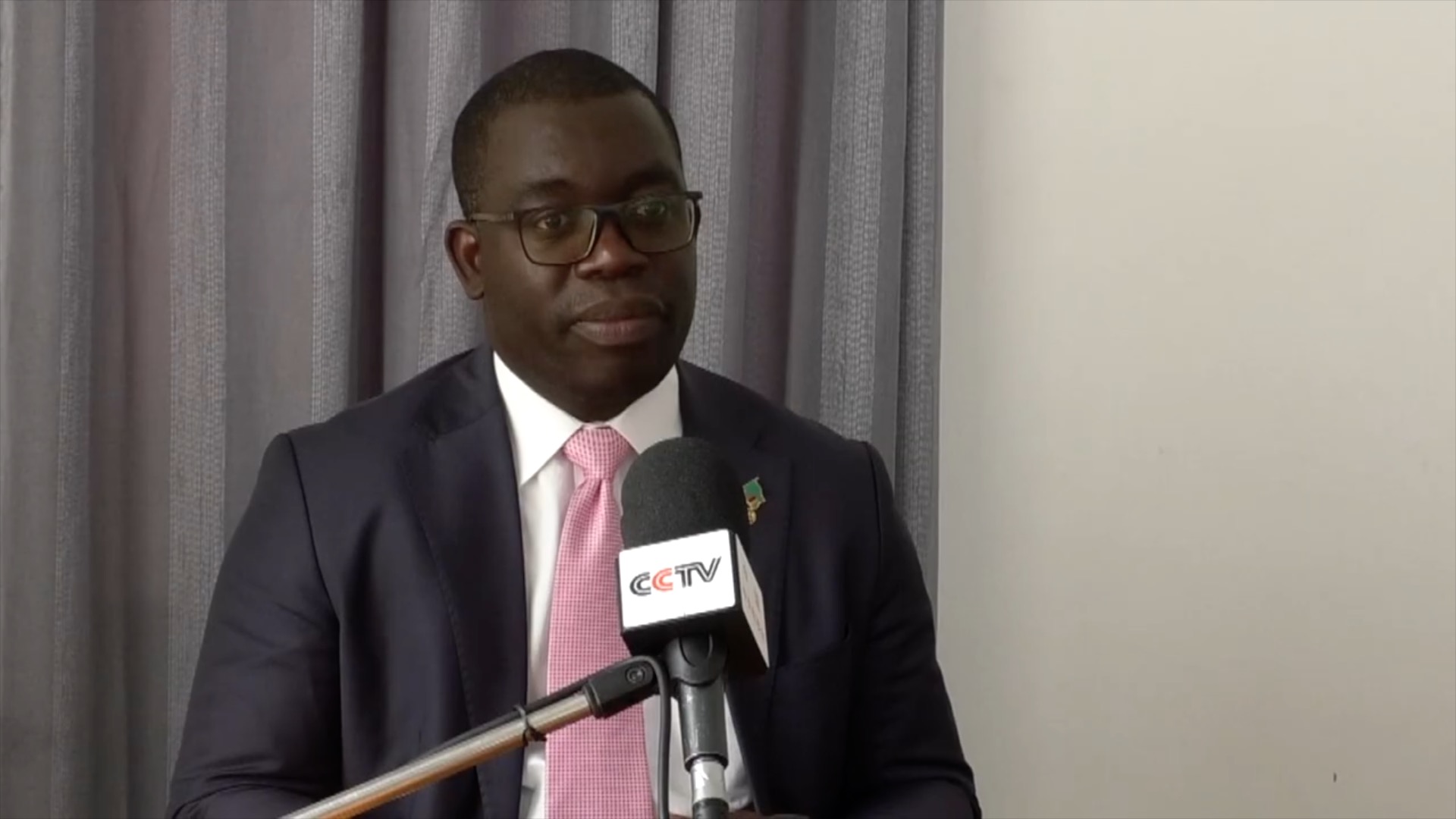Industrial Policy Targets Self-Reliance In Pharma
Zambia’s pharma push targets import substitution as Brent (BZ=F) holds near USD 85 and EMB tightens; USD 80m annual FX savings, 7.5% inflation, and non-copper exports up 0.5–1.0% of GDP would confirm execution through 2026.

Zambia’s renewed drive to build pharmaceutical manufacturing capacity is a targeted industrial-policy shift to cut import exposure, stabilize foreign-exchange dynamics, and broaden growth after debt restructuring. The plan, embedded in the 2024–2028 industrial agenda, aims to localize essential medicines where import dependence exceeds 80%. Real GDP growth is projected near 4.1% in 2025, headline inflation averages about 7.5%, and public debt has declined toward roughly 83% of GDP post-restructuring.
Manufacturing remains small at about 9% of GDP and less than 5% of exports, while annual medical imports around USD 400 million concentrate FX risk. The policy signal is diversification with discipline: replace a volatile import bill with domestic capacity that deepens value chains, raises formal employment, and cushions the current account without loosening the fiscal stance.
The macro mechanics are straightforward. With Brent (BZ=F) oscillating between USD 80 and 90 and copper prices broadly stable, Zambia’s trade balance is supported by commodities but still vulnerable to high-value health imports. Substituting 20% of those imports within five years would save roughly USD 80 million per year—about 0.5% of GDP—providing incremental relief to a current-account deficit projected near 2.9% of GDP in 2025.
Reduced dollar demand from medical procurement moderates exchange-rate volatility for the kwacha, which has averaged around ZMW 26.5 per USD year-to-date. Lower FX pass-through should support disinflation with a one- to two-quarter lag. If executed at scale, the program can lift manufacturing’s GDP share toward 12% and add up to 15,000 formal jobs by 2030, contingent on full capacity and quality compliance.
Policy instruments align with execution. The Lusaka South Multi-Facility Economic Zone provides serviced land, tax incentives, and streamlined permitting. State-backed credit lines prioritize working capital and plant upgrades, while the authorities target USD 250 million in combined committed and pipeline FDI by 2027. Regulatory strategy focuses on achieving WHO prequalification standards for at least two core product lines, opening AfCFTA and SADC markets and reducing logistics and tariff costs.
This positioning complements regional peers—South Africa in generics and active ingredients, Kenya in consumables—while carving a reliable, cost-stable niche in essential medicines. Execution depends on electricity reliability: hydropower provides roughly 80% of generation, leaving output exposed to drought cycles that historically lifted unit costs and delayed commissioning.
The fiscal and financial transmission channels are measurable. As local production scales, the tax base broadens through VAT, PAYE, and corporate income, supporting consolidation toward a deficit below 4% of GDP by 2027 under the IMF-backed path. Predictable procurement cycles and on-time payments lower banks’ settlement risk, enabling longer tenors for working-capital credit and easing collateral haircuts.
A steadier kwacha reduces inflation risk premia embedded in local yields, improving Treasury auction dynamics and freeing capacity for private credit. Over the next 12–24 months, the verification set is explicit: quarterly pharma FDI inflows, the non-copper export share, and the health-import FX bill. A 0.5–1.0 percentage point of GDP rise in non-copper exports paired with a 10–15% decline in the health-procurement FX bill would confirm macro transmission consistent with the stated targets.
Markets will price delivery rather than intent. Zambia’s 2029 Eurobond (ZAMBIN2029=BG) yield has compressed roughly 70 basis points since early 2025, reflecting improved post-restructuring confidence and policy signaling. For portfolio investors benchmarking the iShares JPMorgan USD Emerging Markets Bond ETF (EMB), the critical link is credibility: commodity support from stable Brent lowers input-cost volatility, while diversified manufacturing weakens the sovereign’s correlation with copper cycles and can compress spreads further. Risks are defined and manageable.
Power interruptions, slow technology transfer, and regulatory delays could cap output gains; a global risk-off that widens emerging-market spreads could slow FDI and raise local funding costs. If by end-2026 cumulative pharma FDI reaches at least USD 150 million, two lines achieve WHO prequalification, the health-sector FX bill falls by 10%, arrears trend down quarter-on-quarter, and inflation stays within a 7–8% corridor, Zambia will have validated industrial policy as a structural hedge—tightening risk premia and shifting the narrative from cyclical relief to durable reindustrialization.





